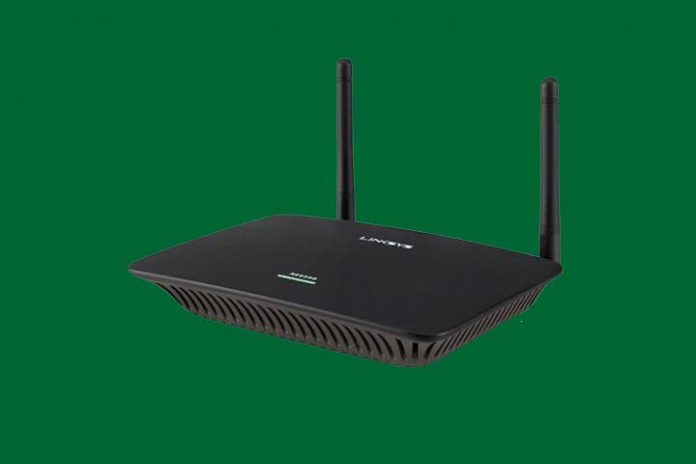Anyone who deals with the subject of the Internet will quickly come across the term router. In the following article, you will learn how this works and what you should look out for when buying a wireless router.
How does a router work?
A router is a network device that receives data and forwards or distributes it to other devices. As a rule, you will receive the hardware from your provider if you have ordered an Internet connection.
The router enables you to access the Internet. If you connect this to the DSL connection, you can activate Internet access by entering a password. The router can now transmit the internet signal to computers, tablets, smartphones, and other devices via WiFi. In principle, the router mediates between the devices and the Internet. For example, if you want to open a website on your computer, your browser requests the router. This sends the request through the Internet, receives a response, and sends it back to the computer. The desired website opens. Since the router regulates all Internet traffic, it also ensures that your laptop remains protected and blocks some dangers for your devices in advance.
You should pay attention to these points when buying
Since August 1, 2016, customers are no longer allowed to have a router from their provider forced upon them when concluding a contract. Therefore, you are free to decide whether you want to buy a router yourself or rent a router from a cable provider – both variants have their advantages and disadvantages. If you are not satisfied with your current router, you also can connect a purchased router.
Would you like to buy a wireless router? The many models from various manufacturers can make it challenging to choose a suitable device. If you are looking for a compact overview of recommended models
For example, if you value increased data rates and a stable connection, you should choose a wireless router that complies with the 802.11ac standard. Such a device should bring the following equipment: four Gigabit Ethernet ports, WPS button, on/off switch, two USB sockets (at least one of which complies with the current USB 3.0 standard), and an optional DSL modem and telephone system.
As far as functionality is concerned, IPv6 support, up-to-date security procedures, and dynamic DNS functions (DDNS) are essential. A simplified setup wizard makes configuration easier. Regular, automatic firmware updates should also be provided to keep Internet use safe. The device should consume little power both in operation and on standby.
Tip: The use of additional antennas can significantly improve performance, especially in difficult reception conditions.

